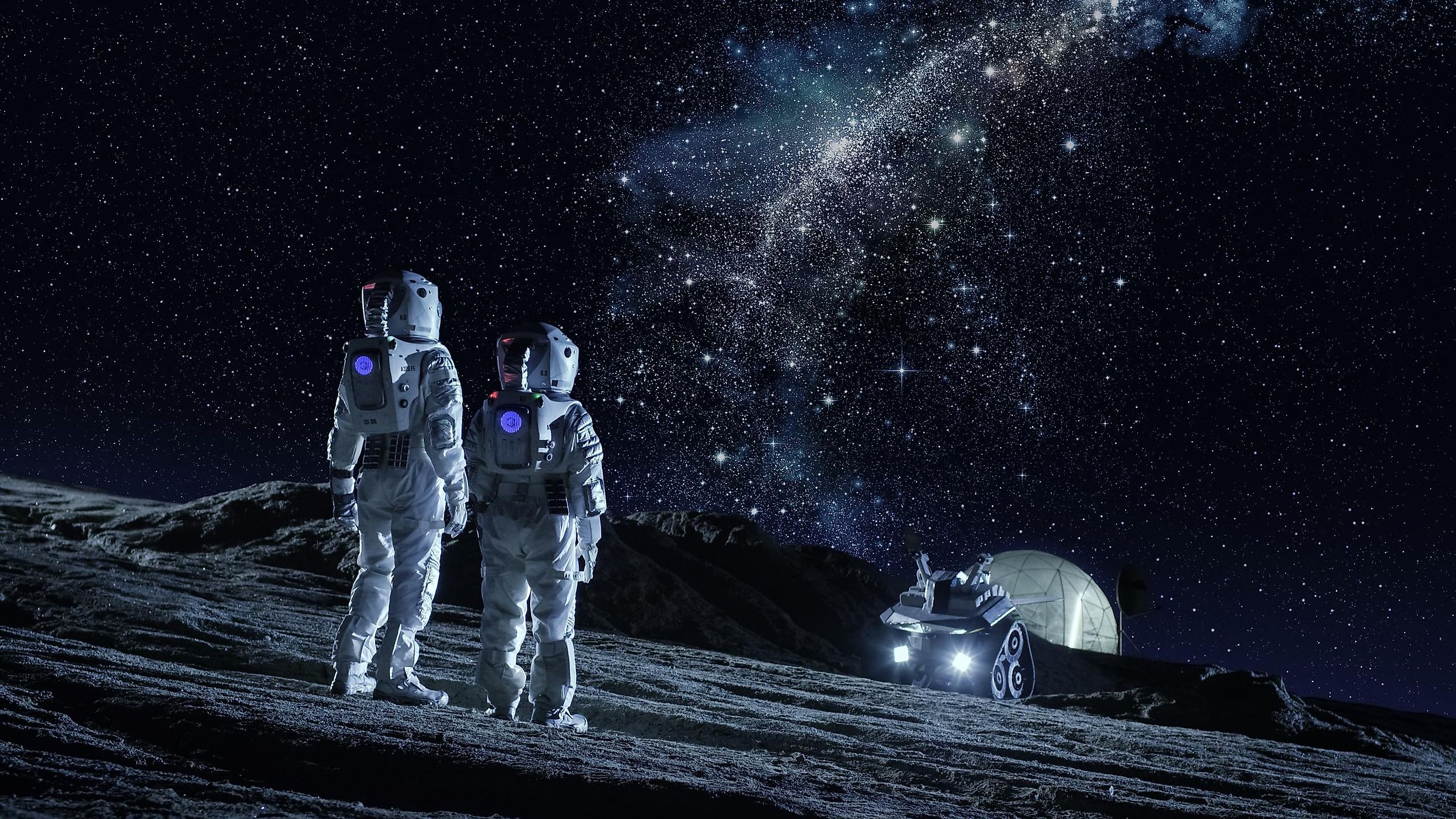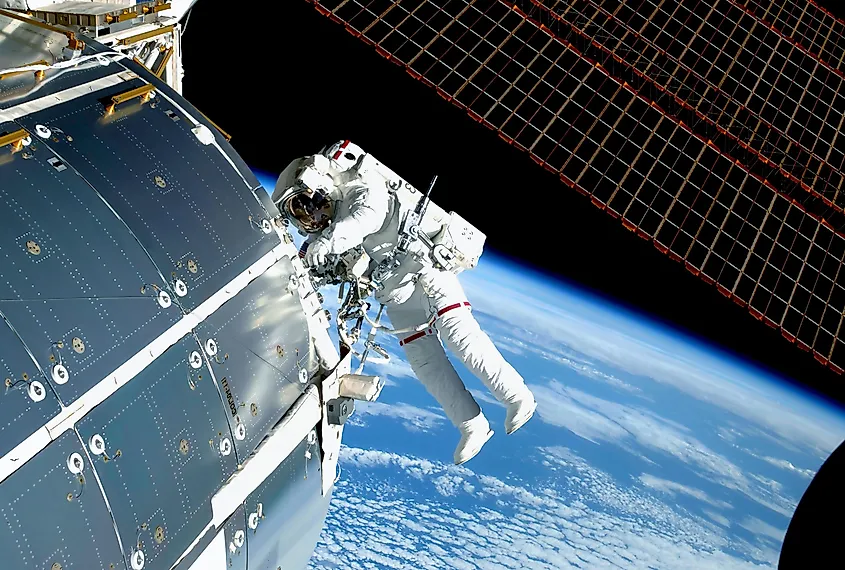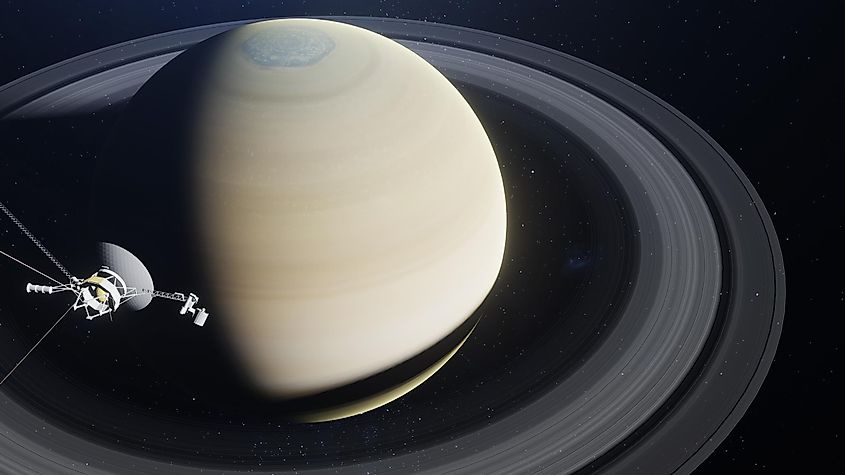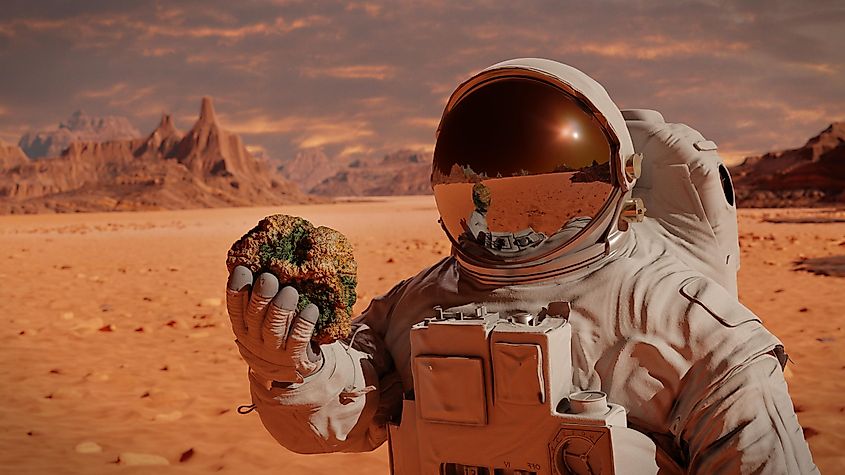
What Is The Farthest Humans Have Traveled In Space?
Humanity’s impulse to transcend the confines of Planet Earth has propelled explorers from oceanic abysses to orbital laboratories, but distance in space remains our most evocative metric of achievement.
Determining "how far" requires two complementary lenses: the maximum geocentric distance attained by crewed spacecraft and the ever-receding frontier established by robotic probes that carry our engineering imprint into interstellar space. This article synthesises historical mission data and contemporary astrodynamics to contextualise Apollo 13’s 1970 apogee, the moment humans were nearly 401,000 km from Earth, and Voyager 1’s current traverse beyond 160 astronomical units. By contrasting these milestones, we illuminate technological capabilities and future trajectories for humankind’s collective cosmic ambition.
How Far From Earth Have Humans Travelled?

Humans have always stayed close to the Earth. The farthest distance human beings have physically traveled is to the moon. From 1969 to 1972, NASA conducted six successful missions that landed humans on the moon's surface. No human being has ever traveled further than the moon. Interestingly, the furthest distance humans have traveled occurred during the Apollo 13 mission, which never landed its astronauts on the moon's surface due to technical issues that nearly saw its three astronauts lose their lives. Apollo 13 swung around the moon and reached a maximum distance of 248,655 miles from the Earth. Apollo 17 in 1972 was the last mission that landed humans on the moon, and unfortunately, no one has gone back since. After the Apollo program, the United States claimed victory in the space race, and humanity quickly retreated to the Earth. Since 1972, no human has even left low Earth orbit. The space shuttles and space stations that humans have sent out into space have all remained in low Earth orbit. As of yet, no human has physically left the Earth’s neighborhood.
How Far Have Spacecrafts Travelled In Space?

It is essential to differentiate between human space flight and robotic space flight when discussing space travel. Humans may only have traveled as far as the moon, but robotic spacecraft have traversed far vaster distances. Currently, the farthest human-made object from Earth is the Voyager 1 spacecraft. Launched alongside Voyager 2 in 1977, the objective of the Voyager mission was to take advantage of a rare planetary alignment, which saw all of the outer gas giants align with the Earth. Voyager 1 and 2 both completed flybys of Jupiter and Saturn, and Voyager 2 visited Uranus and Neptune. Since there’s no air in space, spacecraft will experience little to no resistance or erosion, allowing them to travel at high speeds virtually forever. After the Voyagers completed their journey to the planets, another phase in their mission began: where does the solar system end? The solar system's boundary is the region where radiation from outside the solar system exceeds the Sun’s radiation, an area called the heliopause.
In November 2012, Voyager 1 crossed the heliopause, becoming the first human-made object to exit the solar system. It is now nearly 15 billion miles from Earth. Voyager 2 followed suit a few years later, leaving the solar system in November 2018, and is currently 11 billion miles away. Both Voyager 1 and 2 are the only human-made objects beyond the solar system and represent the furthest distances traveled by any human creations in space. With virtually no erosion in the vacuum of space, the Voyagers are expected to continue their voyages for billions of years. Long after Earth is engulfed by the Sun and the solar system is gone, these two spacecraft will still traverse the immense void of space. Even when humanity is no longer present, the Voyagers will uphold the legacy of a species that aspired to interstellar exploration.
What Does The Future Hold?

While humanity has yet to venture beyond the moon, it is only a matter of time before we undertake journeys beyond our planet. Mars is the most obvious destination. Located an average of 142 million miles away, Mars is over 550 times farther than the moon. Traveling such a significant distance through interplanetary space will be challenging, yet NASA aims to land humans on Mars in the 2030s. If successful, this mission will break humanity's previous record for the furthest distance traveled in space. Should society evolve into a spacefaring civilization, we might explore the entire solar system and possibly visit the moons of the outer planets. Eventually, we could even leave the solar system to explore worlds around other stars.
Updated: 6/10/2025











